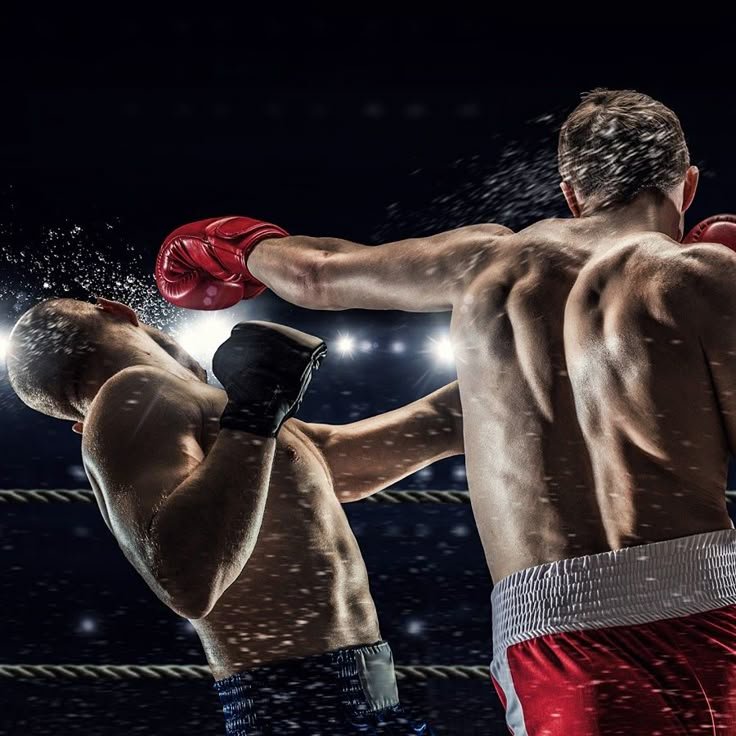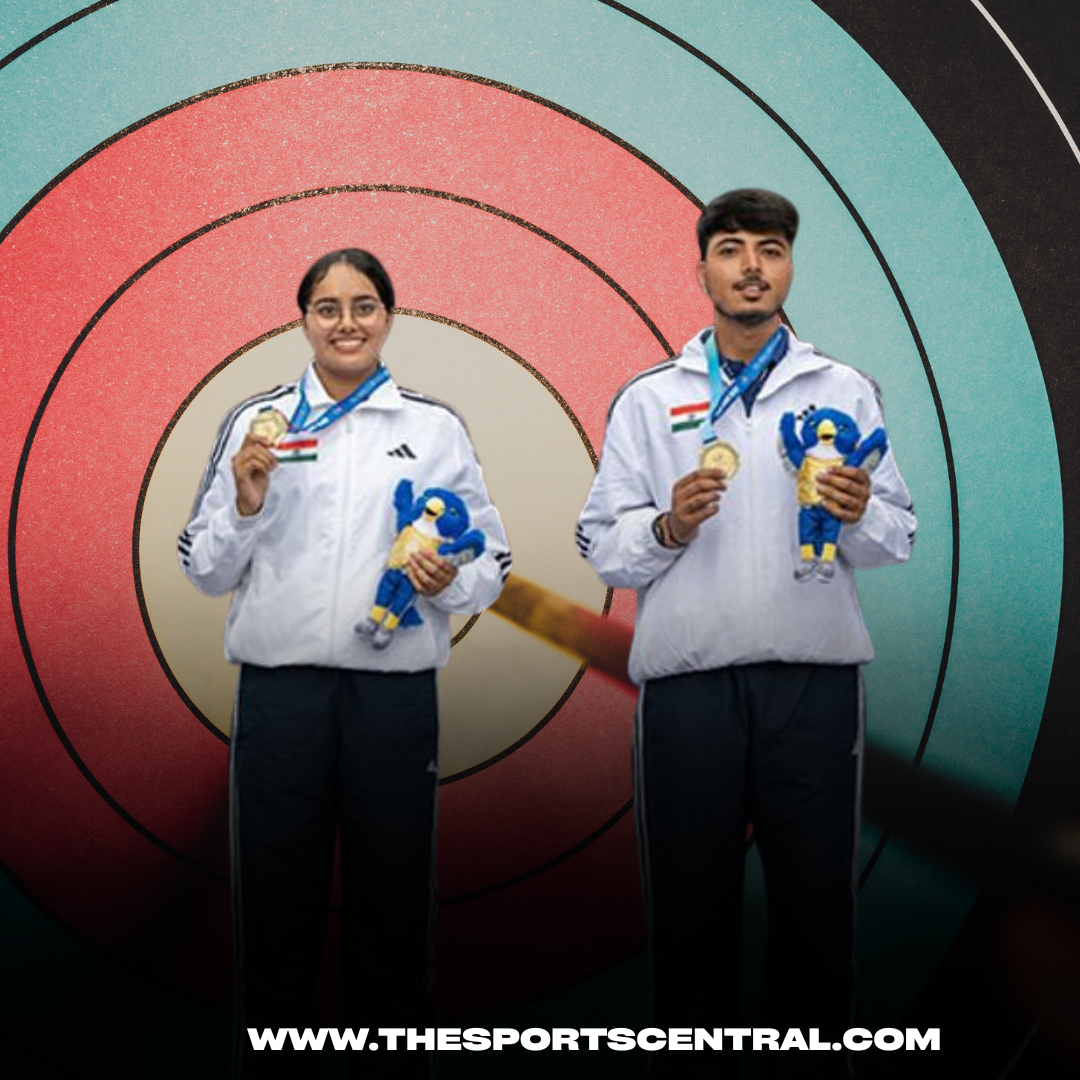On April 11, 2025, the athletics world witnessed something truly electrifying. Gout Gout, a 17-year-old Australian sprint prodigy, ran two back-to-back 100-meter dashes in 9.99 seconds during a junior meet in Perth. While wind conditions denied the times from being officially recorded as national or world records, no one questioned the significance of the performance. Gout Gout didn’t just make headlines—he made a statement.
Who Is Gout Gout?
Born in Brisbane to South Sudanese parents, Gout Gout carries the hopes of a new generation of Australian athletes. He began his sprinting journey as a child who loved to race classmates in schoolyards and parks. Coaches soon recognized his natural speed and encouraged him to pursue athletics seriously.
By age 15, Gout had already claimed national junior titles and begun dominating youth competitions. His long legs, quick acceleration, and fierce competitive spirit made him stand out. At 17, Gout towers over many of his peers, blending powerful strides with smooth technique—a rare combination for someone his age.
The 9.99-Second Magic
Gout’s performance in Perth stunned everyone, from spectators to coaches and analysts. In the first run, he blazed through the track with effortless speed, crossing the finish line in 9.99 seconds. The crowd erupted. Some thought it must be an error. But moments later, Gout stepped up again and matched his earlier performance—another 9.99.
Officials measured wind speeds at +3.4 meters per second, well above the legal limit of +2.0 m/s for record purposes. But that didn’t take away from the reality: Gout ran two sub-10 second 100m races at 17. That’s something very few athletes in history have ever done, regardless of wind.
Historical Context
To understand the magnitude of Gout’s feat, consider this: Usain Bolt, the world’s fastest man, didn’t run under 10 seconds until he turned 21. American star Trayvon Bromell did it at 19. Even sprinting legends like Yohan Blake and Asafa Powell took longer to hit the sub-10-second mark. Gout did it at 17. Twice. In one day.
Australia has seen elite sprinters in the past—names like Patrick Johnson and Rohan Browning come to mind. Johnson officially ran a 9.93 in 2003, and Browning ran 10.01 in the 2021 Olympics. But Gout already looks like he could surpass them both if he continues to develop.
Coaches and Analysts React
His coach, Peter Beames, didn’t hide his excitement. “We knew he had it in him,” Beames said. “He’s been training hard, staying humble, and taking in every bit of advice. This isn’t luck—this is raw talent meeting disciplined effort.”
Veteran athletics commentator Bruce McAvaney called Gout’s performance “a turning point for Australian sprinting.” On national television, McAvaney said, “This kid’s going to change the way the world sees Australian track. We’ve never had a sprinter this young run like this.”
Even international analysts paid attention. American sprint coach Dennis Mitchell, who trained Olympic champions, tweeted, “Who the heck is this Gout Gout? I just watched the clips. This kid’s the real deal.”
Training Philosophy and Work Ethic
Gout doesn’t believe in shortcuts. He trains six days a week, focusing on explosive strength, sprint mechanics, and mental toughness. His routine includes track sessions, weightlifting, flexibility drills, and video analysis.
“I love racing, but I love training even more,” Gout told reporters after his race. “Every day I get better, and that’s the goal. I don’t worry about records or hype. I focus on being the best version of me.”
His coaches instill the values of patience and consistency. They shield him from media distractions and social pressure, focusing instead on long-term development. Gout follows a personalized nutrition plan and works with a sports psychologist to keep his mind sharp.
A Global Talent
Australia may call Gout their own, but the world now watches. Global brands have started showing interest in potential sponsorships. Nike, Puma, and Adidas representatives reportedly reached out after his Perth performance. While he remains an amateur and focused on school and training, the future holds tremendous possibilities.
His family keeps him grounded. “We teach Gout that his roots matter,” his father said in an interview. “He runs for himself, but also for his community and his heritage.”
What’s Next?
Gout plans to compete in the upcoming World U20 Championships, where he will likely face the best young sprinters across the globe. His goals include breaking the official junior world record and representing Australia at the 2026 Commonwealth Games in Melbourne.
But more than medals or records, Gout wants to inspire others. “I want kids to look at me and believe they can do it too. Doesn’t matter where you come from—if you believe in yourself and work for it, you can achieve amazing things.”
He may also soon face the challenge of balancing school, fame, and rising expectations. But so far, he’s handled it all with maturity beyond his years.
A New Era for Australian Sprinting
Gout Gout has single-handedly revived interest in Australian sprinting. For years, fans focused mostly on swimming or cricket. But now, the country has a track star who could stand tall on the world stage.
Athletics Australia already started planning for increased funding and resources for youth sprint programs, citing Gout’s rise as a catalyst. “We want to build a system that produces more Gouts,” said Athletics Australia CEO Peter Bromley.
Conclusion
Gout Gout didn’t just run fast—he sprinted into history. At 17, he achieved what many athletes spend a lifetime chasing. Though wind assistance disqualified his times from the record books, nobody could ignore the talent on display.
He ran for joy, for pride, and for possibility. In doing so, he inspired a nation and captured the world’s attention. The name Gout Gout now echoes beyond Australian tracks—it resonates across the globe. And if this is just the beginning, the future of sprinting just got a whole lot faster.










